- Joined
- Dec 2, 2012
- Messages
- 1,723
If you don't know the channel, don't let the language fool you: he's a very clever guy.
I was thinking of that video when I read OP's post
If you don't know the channel, don't let the language fool you: he's a very clever guy.
I don't know, he runs the compressor backwards, talks about it as if it is a single piston compressor, Does not give me the feeling of clever.If you don't know the channel, don't let the language fool you: he's a very clever guy.
He has his own kind of clever. If you watch more of his videos you'll see what I mean. Those things you pointed out, this isn't a good example. He's a jack of all trades, more knowledgeable in a vast number of topics than some experts are in only one.I don't know, he runs the compressor backwards, talks about it as if it is a single piston compressor, Does not give me the feeling of clever.
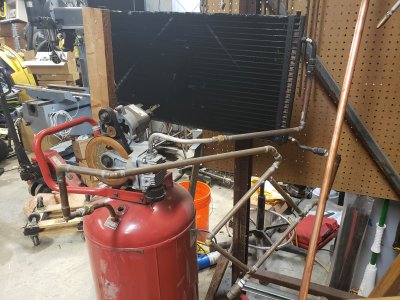
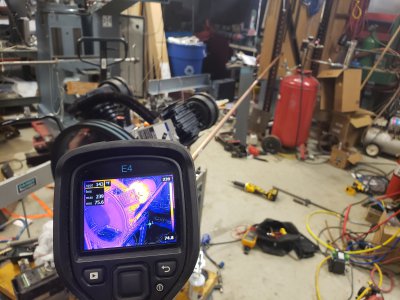
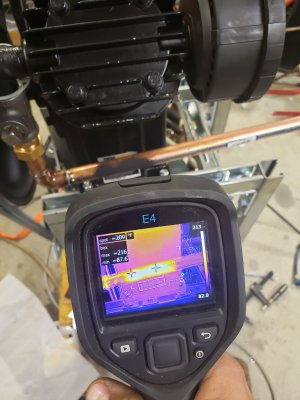
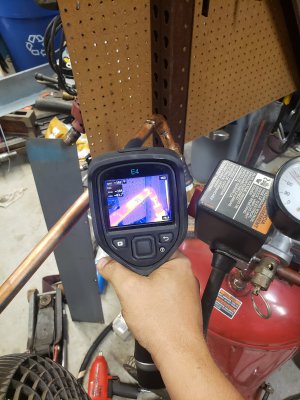
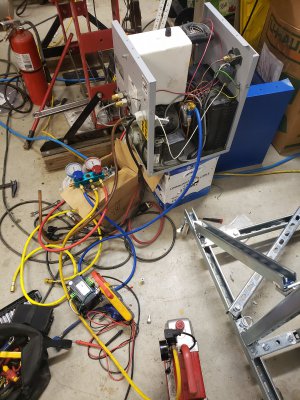
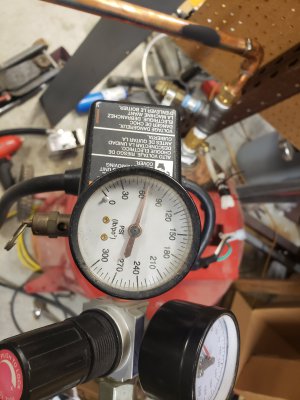
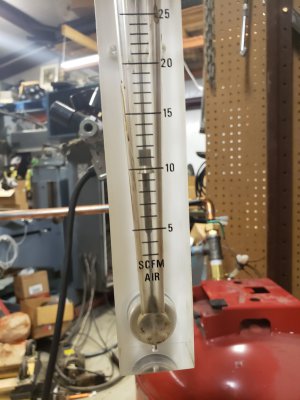
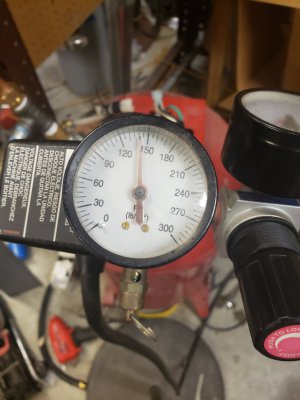
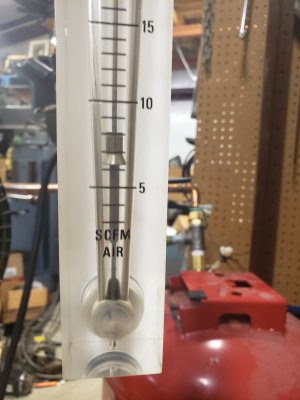
I'm using type K, rated 1280PSI. But even the annealed copper tube I believe was rated somewhere around 300psi. I don't know if you're referring to the "hydronic baseboard element" products with fins; I did think hard about buying a few lengths of that, but I couldn't bring myself to purchase anything else until I had verified that what I already have isn't going to cut it, and I think it will cut it.Be careful, the copper pipe you get at home Depot, or Lowes is usually the type M, I do not believe it is rated for compressed air. You want is type K.
You can increase the cooling ability by wrapping non insulated wire around the tube, to effectively give you fins. If the setups they use for hot water heating systems is type K, then they would be the ideal setup, they have the fins already on, just get the length you need, and solder or braze away (Not sure if solder is good enough for compressed air).
Yea, I thought the M was closer to the 150 PSI, been a long time since I read the charts. Thats why I had to look after posting that. The link is a good reading for anyone using copper pipe.
I was surprised at how much heat extraction you get with just a wrap of wire. I used a length of 6 strand copper ground wire. Another thing you can do, is use a couple of T'ees, and run two or more sections of pipe. Running them in parallel, is better then a longer single section. It allows the same amount of air to go through the cooler slower then in a single long section, and has less internal friction loss. Also, the air flowing slower, allows more heat to be absorbed by the pipe walls.
